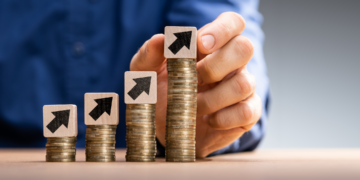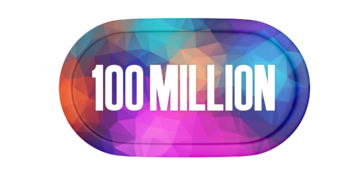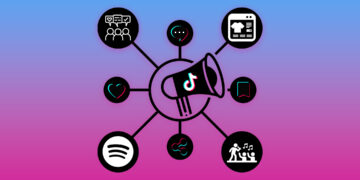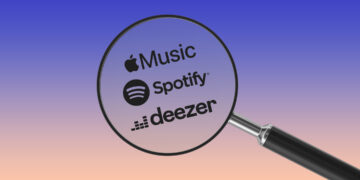What are fake artists on Spotify?

- How fake artists generate millions of streams via mood playlists
- Who is behind these fake artists
- How Spotify may have actively encouraged the rise of fake artists
- Why fake artists are not the problem, but a symptom of the streaming system
Through the updated Loud & Clear page, we recently learned that out of the approximately 8 million artists on Spotify, 52,600 have generated more than 10,000 USD in the past year. For one, this is a pretty low number of people, and for another, it begs the question: How many of these are so-called fake artists? But what even are fake artists, and why are they once again grabbing the headlines? We’ve summed it up for you.
Millions of streams through mood playlists
Although the name may suggest it, fake artists are not bots or anything of the sort. There are actually real people behind fake artists, but they do not exist outside of the streaming platforms. They have neither a social media profile nor a fanbase. This is because they mainly produce music for so-called mood playlists – and generate millions of streams with it. Oftentimes, many of the fake artists have the same producers and companies hiding behind them.
Two of these companies recently appeared in two Swedish newspapers. One of them is Firefly, which releases music through 830 fake artists, generating 7 million dollars in revenues last year. This was possible not least because a number of their artists appeared in Spotify‘s own created playlists. No more than 20 songwriters are behind these 500 fake artists. One of them is even responsible for 62 fake artists with a total of 7.7 million monthly listeners.
Backroom deals with Spotify?
Another is the company Chillmi, which has released 2,500 songs for mood and chillout playlists. These have generated 2.5 billion streams already, meaning a million streams per track on average. What’s really interesting about this story, however, is that the founder of Chillmi was apparently directly approached by Spotify in 2015 and asked if he could create music for their chillout playlists. It therefore would be no surprise to find all Chillmi releases in the popular playlists for studying, meditating, or sleeping. Musicbusinessworldwide had already accused Spotify in 2016 of directly commissioning fake artists, which the company denied at the time. It has also been long speculated that Spotify has separate contracts with fake artists that stipulates a lower payout per stream in exchange for a guaranteed spot in the popular mood playlists.
Whether or not these backroom deals came to be, the fact remains that fake artists keep cranking out songs which clearly satisfy a need that listeners have. The phenomenon hasn’t escaped the major labels either. They, too, have released music made by fake artists and put together relevant playlists for them.
Mass product secures big slice of the streaming pie
According to Loud & Clear, there are a total of 719,000 songs with more than a million streams each. If a label like Chillmi alone accounts for 2,500 of these, we can assume that the hundreds of fake artist labels have released tens of thousands of tracks with more than a million streams.
If you add the numerous lo-fi producers who, despite actually existing outside of the streaming platforms, as well, still mainly cater to mood and chillout playlists, it becomes clear that a big share of these 719k tracks are instrumental songs that primarily serve as background music. With this mass product in the current pro-rata distribution model, they thus secure a sizeable slice of the streaming pie. And you can’t really blame the producers and songwriters either, considering this is a welcome and relatively easy way to supplement their income.
Streaming fuels passive music consumption
In one of their analyses, MIDiA reports that streaming isn’t necessarily replacing physical sales and downloads but rather radio and thus passive music consumption. Having a constant stream of background music is the more prominent trend than being a true fan. Even fans are increasingly turning into passive listeners and music into an omnipresent commodity. Fake artists are thus not the problem per se but more a symptom of the streaming system which puts the consumption of songs in the foreground rather than the artists and fans.











